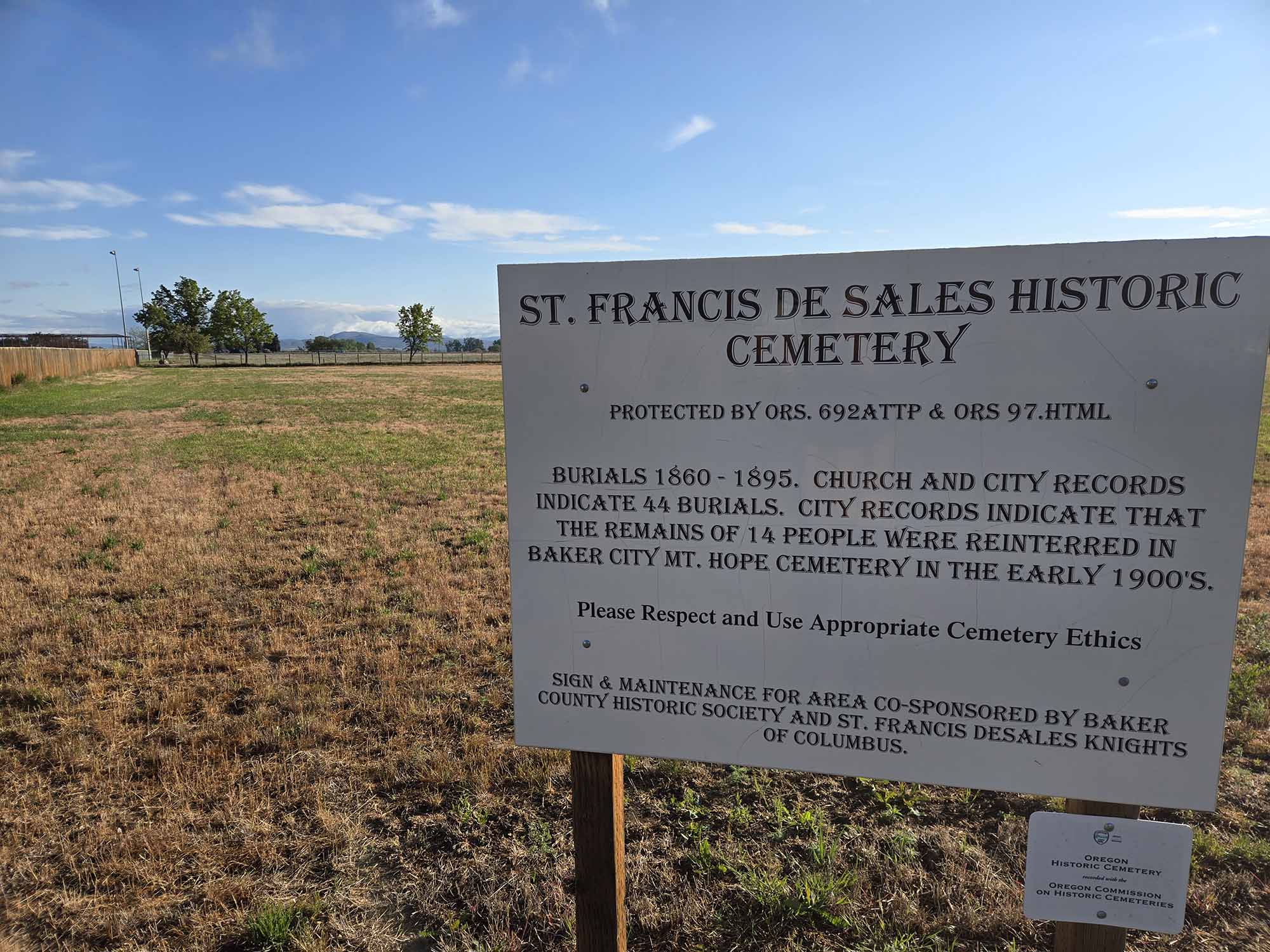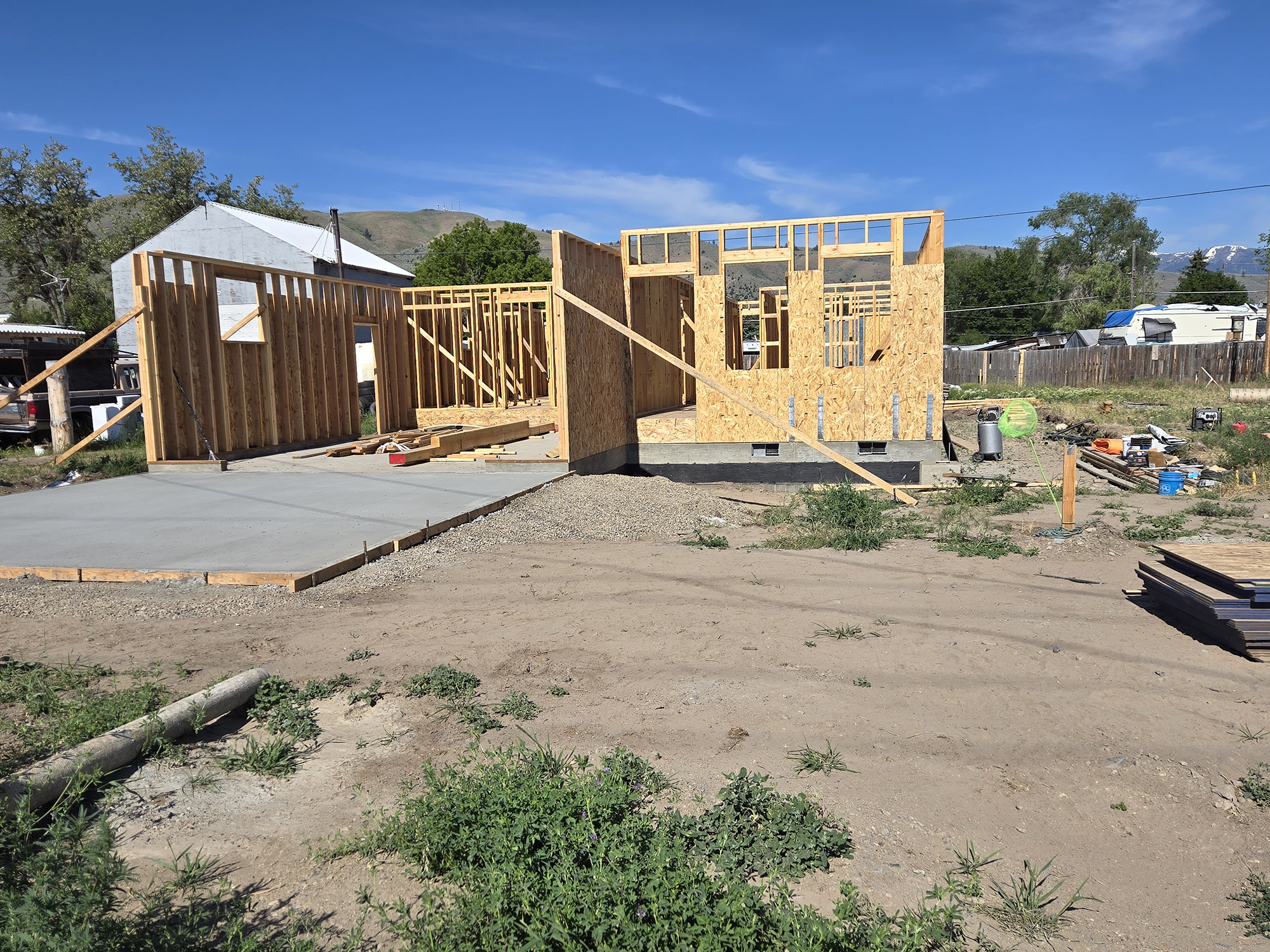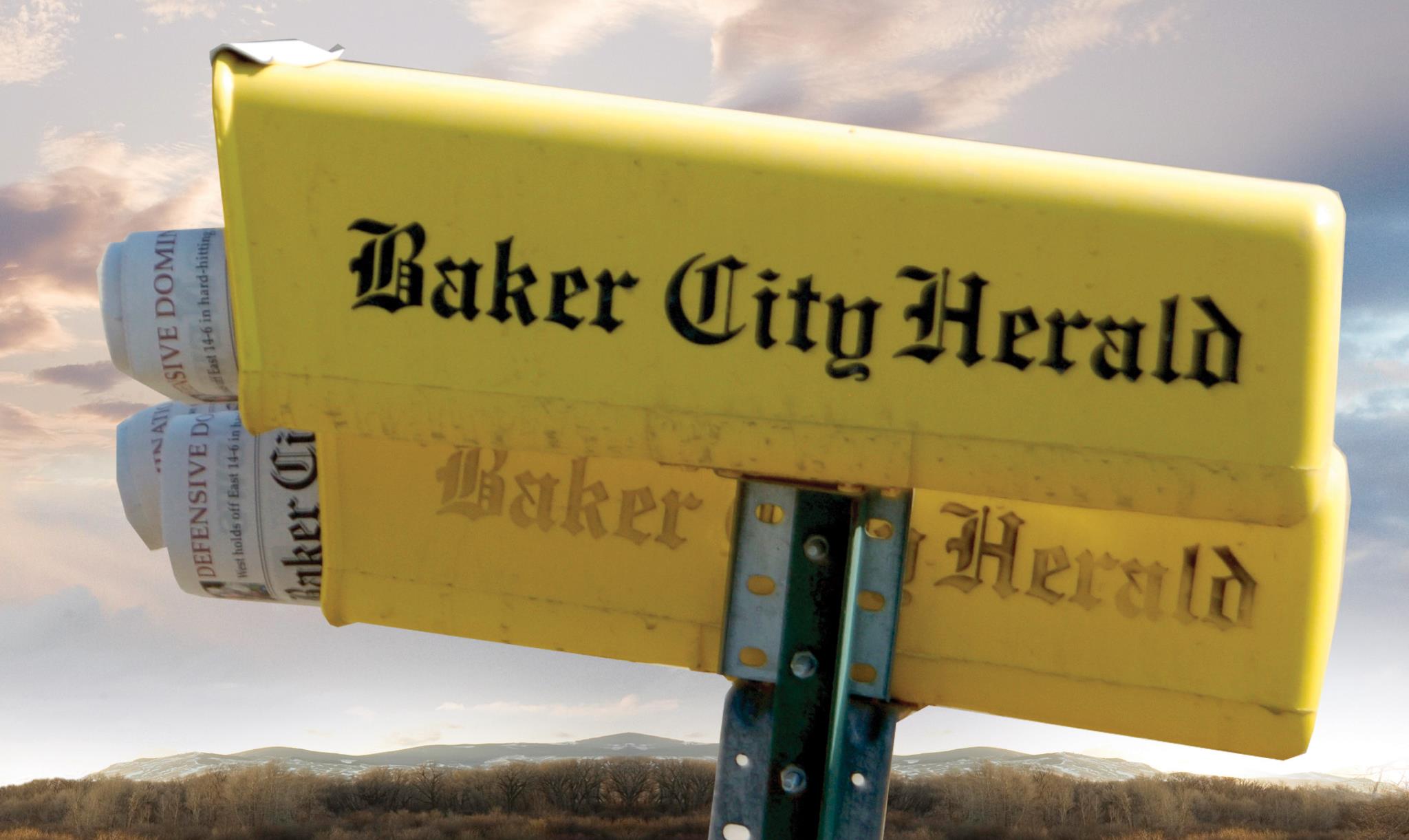Baker County couple receive grant to help restore stream near Unity damaged by dredging in the 1930s
Published 1:50 pm Thursday, April 24, 2025
When Ben and Cynthia Norton bought a cattle ranch in southern Baker County 20 years ago, one problem was obvious.
Bullrun Creek.
The Nortons could hear the stream.
Trending
But they couldn’t see it.
The creek, which heads in the Monument Rock Wilderness, near the peak called Bullrun Rock, is a typical mountain brook upstream from the Nortons’ property, where it runs through the Wallowa-Whitman National Forest.
It runs cold and clear, good habitat for the native Columbia Basin redband trout.
The stream is in pretty good condition downstream as well, Norton said.
But when Bullrun Creek reaches the Norton ranch, it disappears.
The culprit, Ben Norton said, is a gold-mining operation nearly a century ago.
Trending
A floating dredge, similar to the one that sits today in Sumpter as the centerpiece of a state park, sifted through the Bullrun Creek gravel during the 1930s to extract the valuable metal.
Norton said the dredge left rock piles much like those that remain in Sumpter Valley, albeit at a much smaller scale.
Before the dredging started, miners dug up the topsoil and piled it on both sides of the stream.
The excavation affected the water table so dramatically that today, Bullrun Creek is almost entirely subterranean for its one-mile reach through the Nortons’ property several miles southwest of Unity.
Norton wants to change that.
And after a decade or more of planning, his goal of beginning to restore the stream — to bring it back into view — is within sight.
Norton Ranch LLC has received a $487,000 grant from the Oregon Department of Fish and Wildlife’s Private Forest Accord grant program.
It’s one of 23 grants in Oregon, totaling $10.3 million, in the second year of the program.
The Norton Ranch project is the only award in Baker County.
“We were ecstatic,” Ben Norton said on Wednesday, April 23. “We’re very thankful for the help we’re receiving. It’s something we’ve wanted to do since we bought the property.”
Norton said grants are limited for this type of project on streams that, like Bullrun Creek, don’t have endangered salmon or steelhead.
He said the grant will help pay for work on about one-third of the one-mile stretch of Bullrun Creek that was dredged. Norton said the family will start with the reach farthest downstream on their property.
He plans to hire a consultant to help prepare applications required by the state to do work along the stream.
Norton said he hopes to start the project in the summer of 2026.
Mimicking nature
Norton is working with an engineering firm in Bend that has designed river rehabilitation projects similar to what he envisions for Bullrun Creek.
The basic concept is straightforward, Norton said.
The topsoil that miners removed to simplify dredging is still there, forming parallel ridges on both sides of the stream.
Workers will use equipment to flatten the tailing piles, then mix that material with topsoil, wash the surface with water and compact it.
The goal, Norton said, is to raise the water table so the stream will again flow above the ground.
With the topsoil back in place, trees can be planted to return the creek to something resembling its pre-dredging appearance.
The project the grant will help pay for will continue the Nortons’ effort to improve the 4,500 acres they own.
The ranch includes forests and expanses of sagebrush as well as aspen groves.
The family lives near Baker City but they spend much of the summer on the ranch near Unity, Norton said.
An employee lives on the ranch during the winter to feed the cattle.
Over the years the family has spent considerable time and money to try to return the property to a condition comparable to what it was before the area was settled — what Norton calls the “benchmark.”
As examples, they have removed juniper trees encroaching on sagebrush range in an effort to benefit sage grouse, combatted noxious weeds and spread seeds of native plants.
A major project, for which the Nortons received a grant through the U.S. Natural Resources Conservation Service, was building 2.1 miles of buck and pole fencing to keep cattle and elk from grazing on aspen groves.
Some of those groves were “dying out” due to grazing by both livestock and wildlife, Norton said.
But since the fences went in, aspen have “just exploded,” he said.









